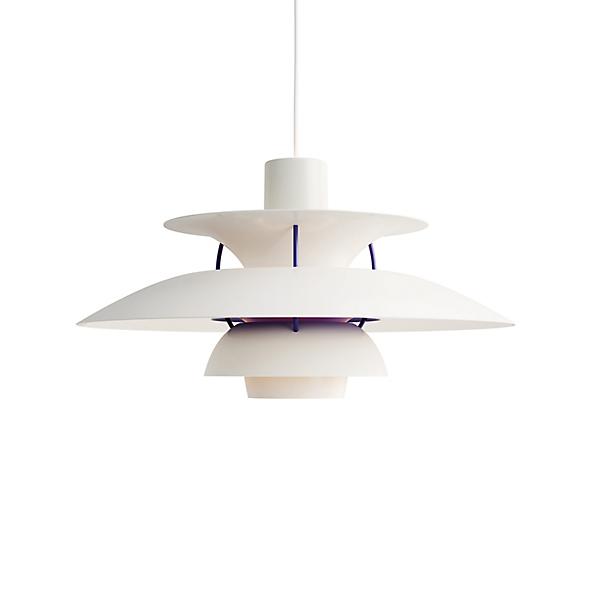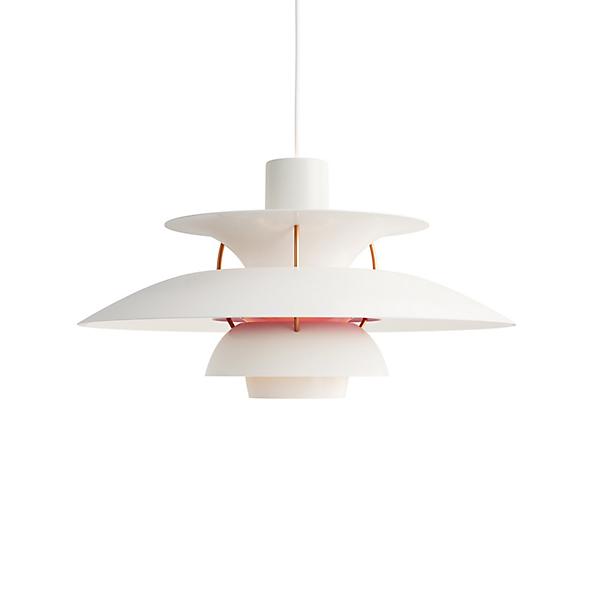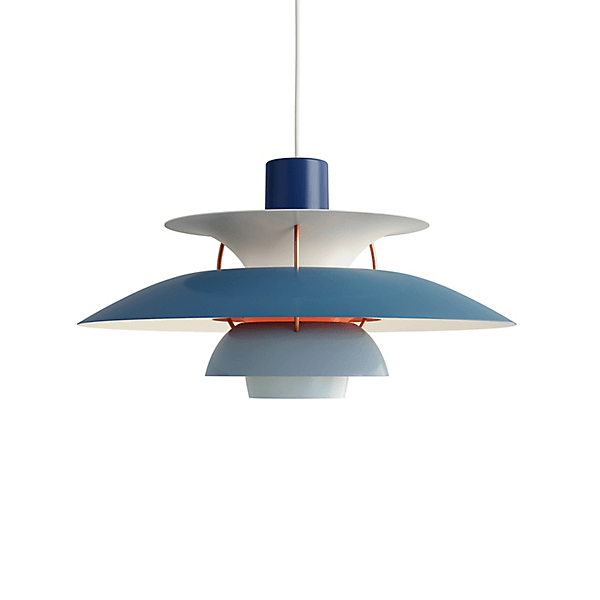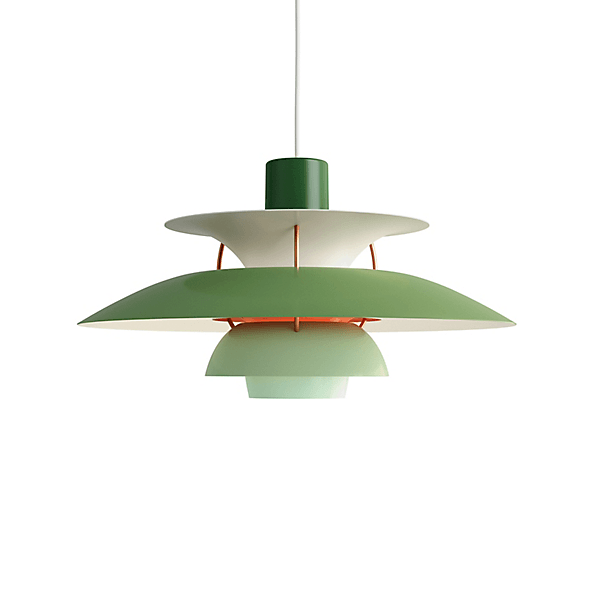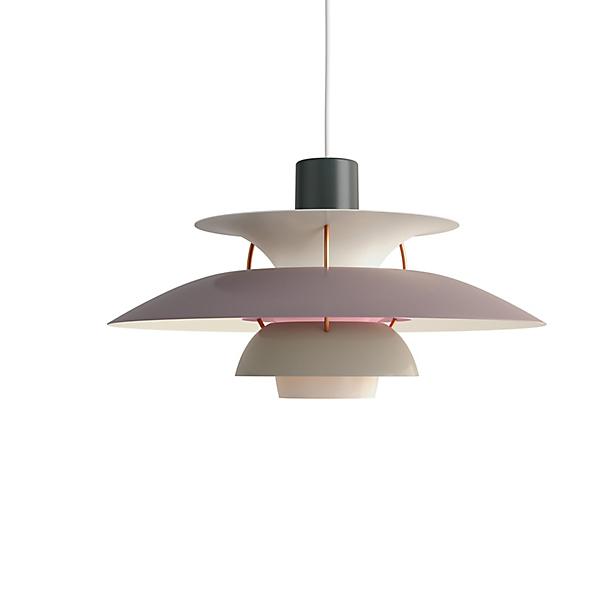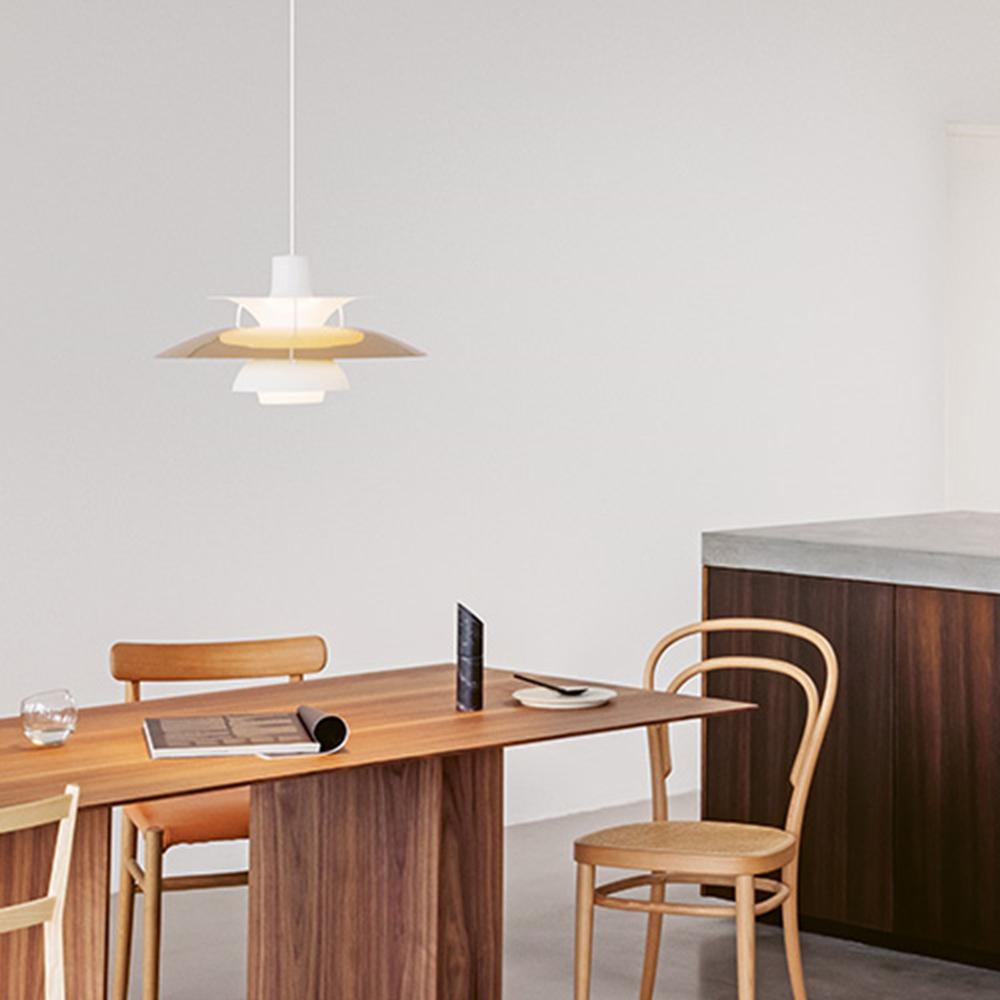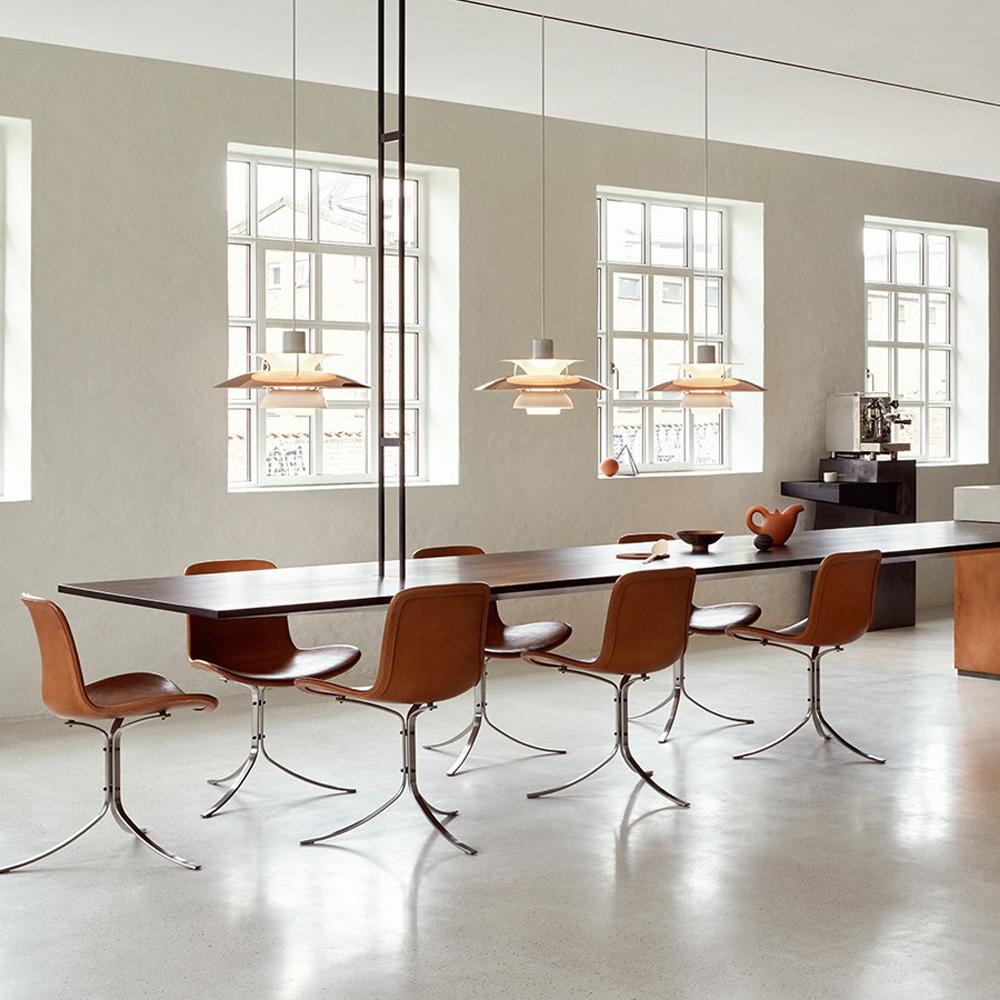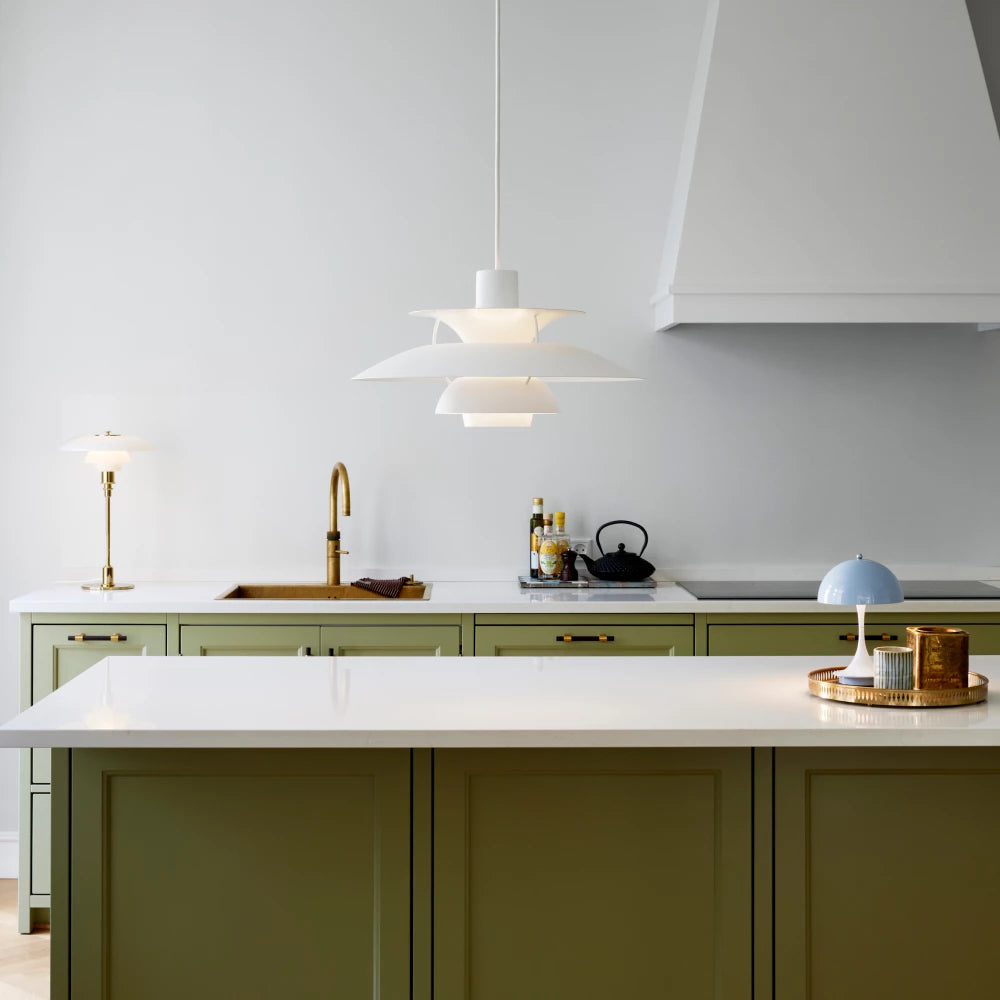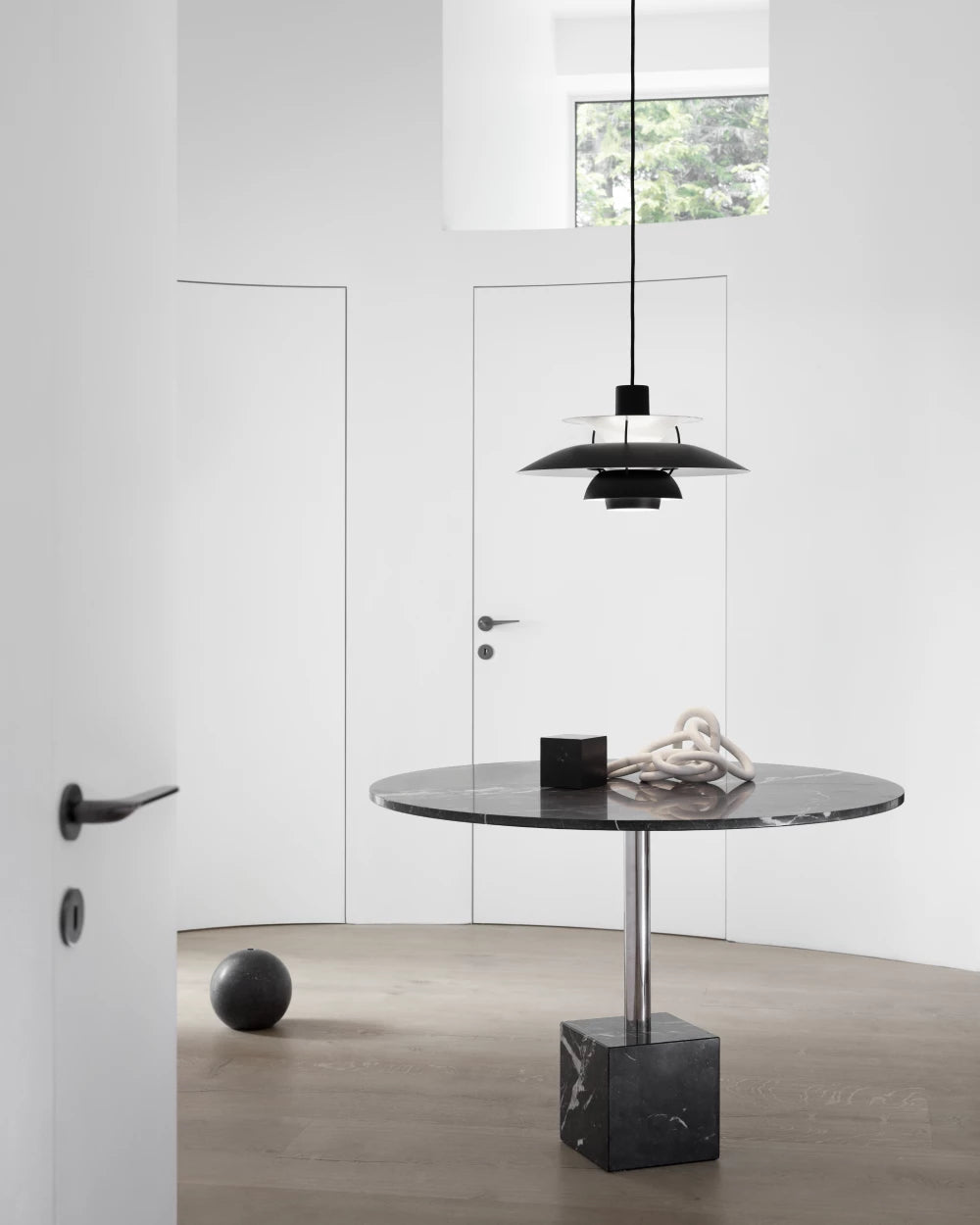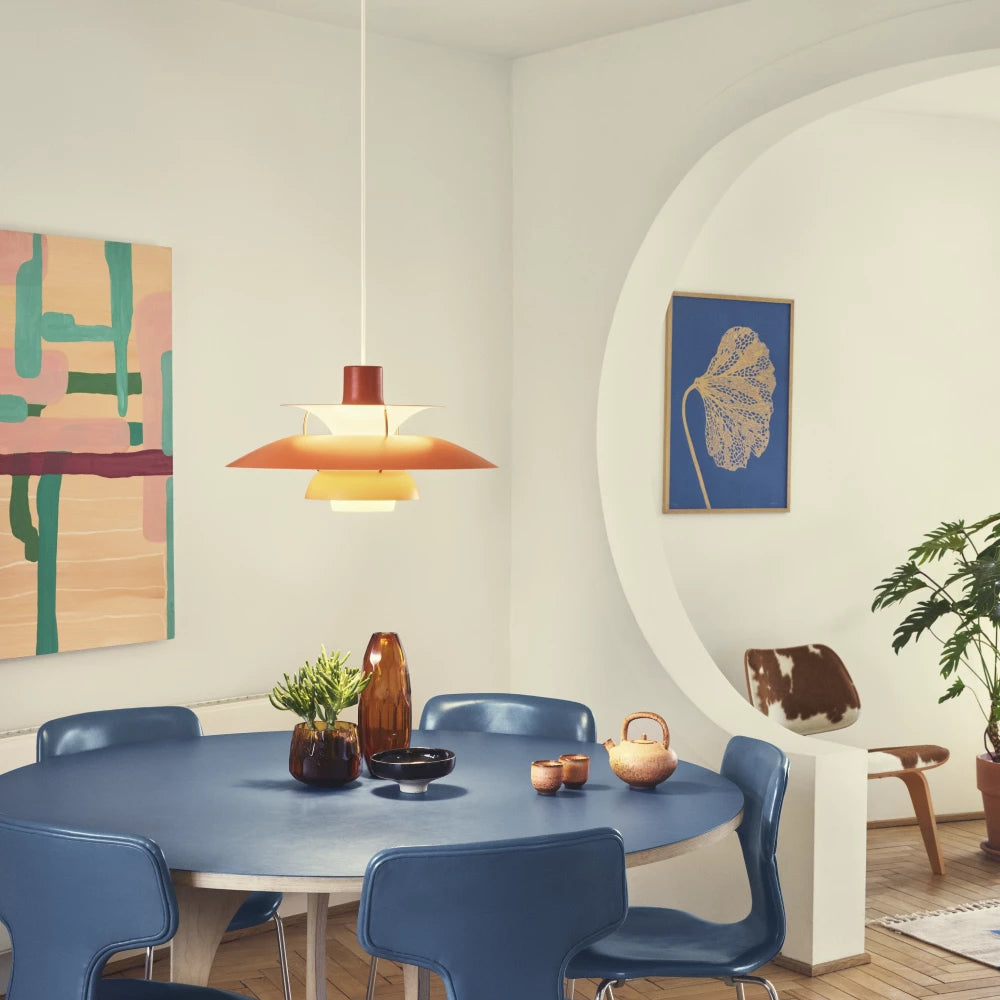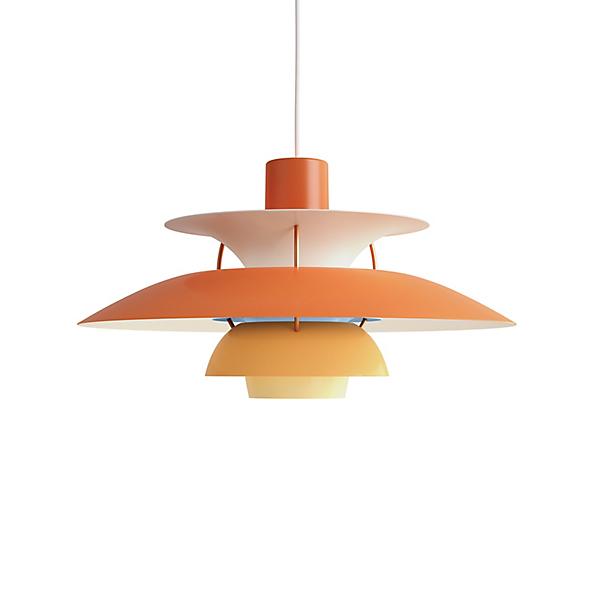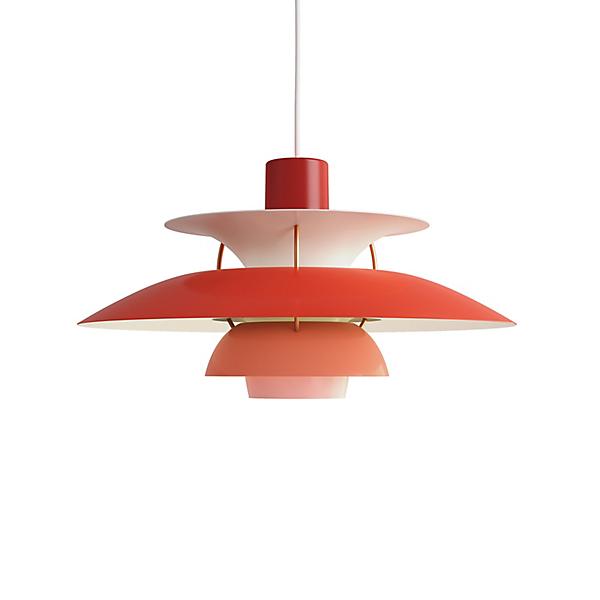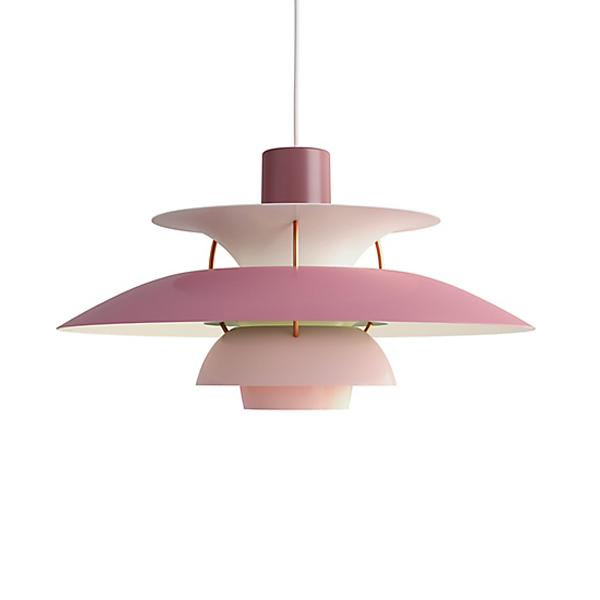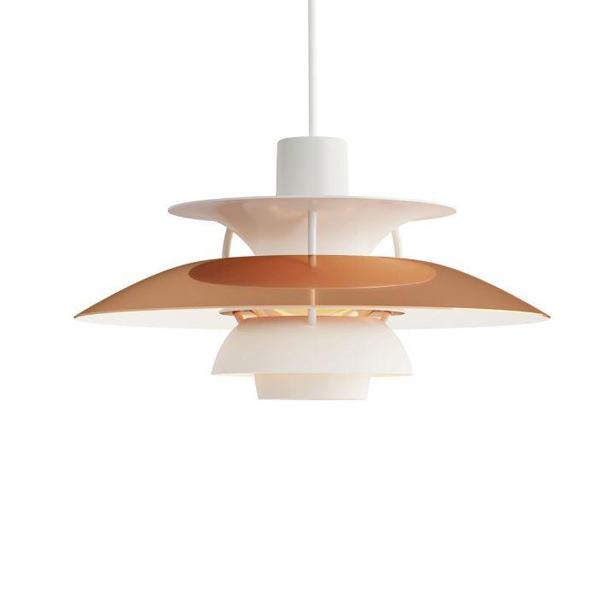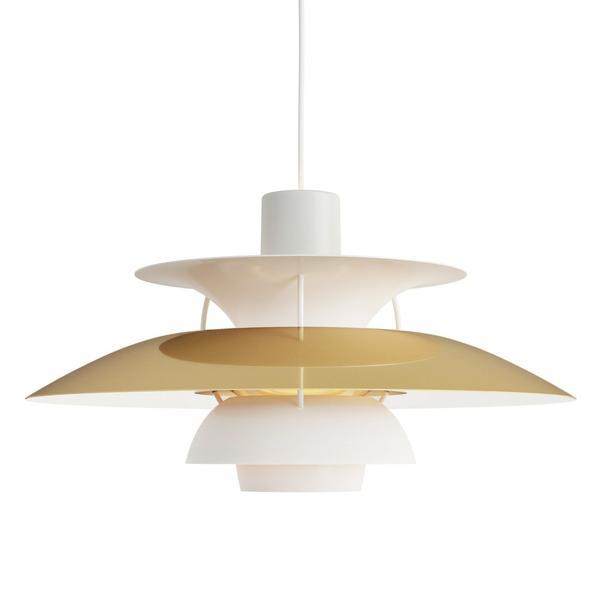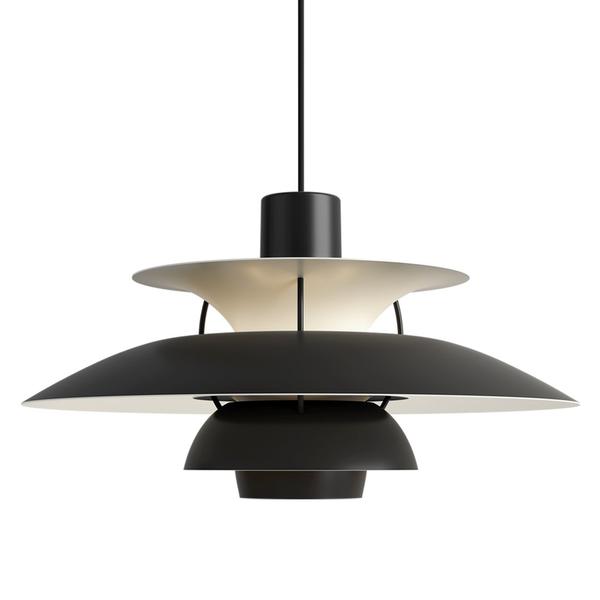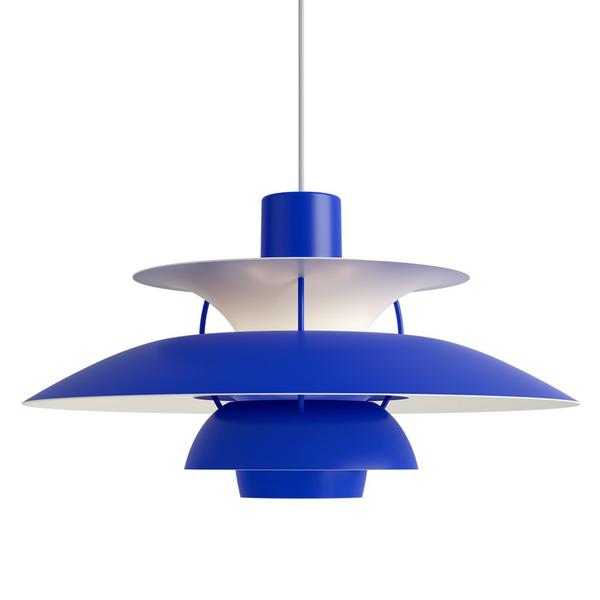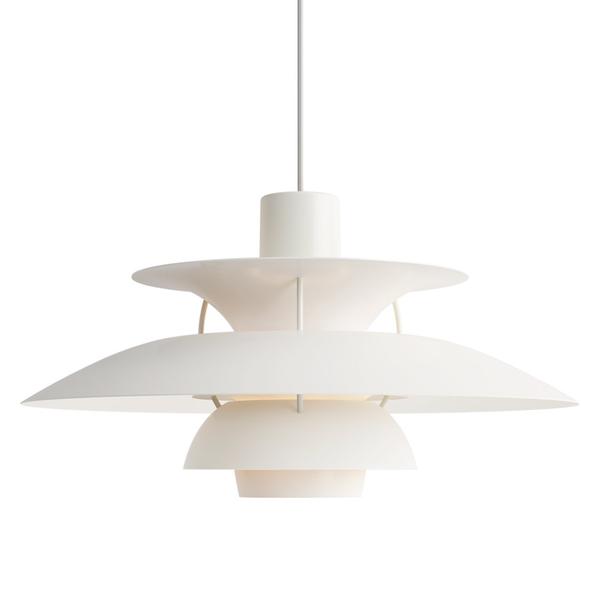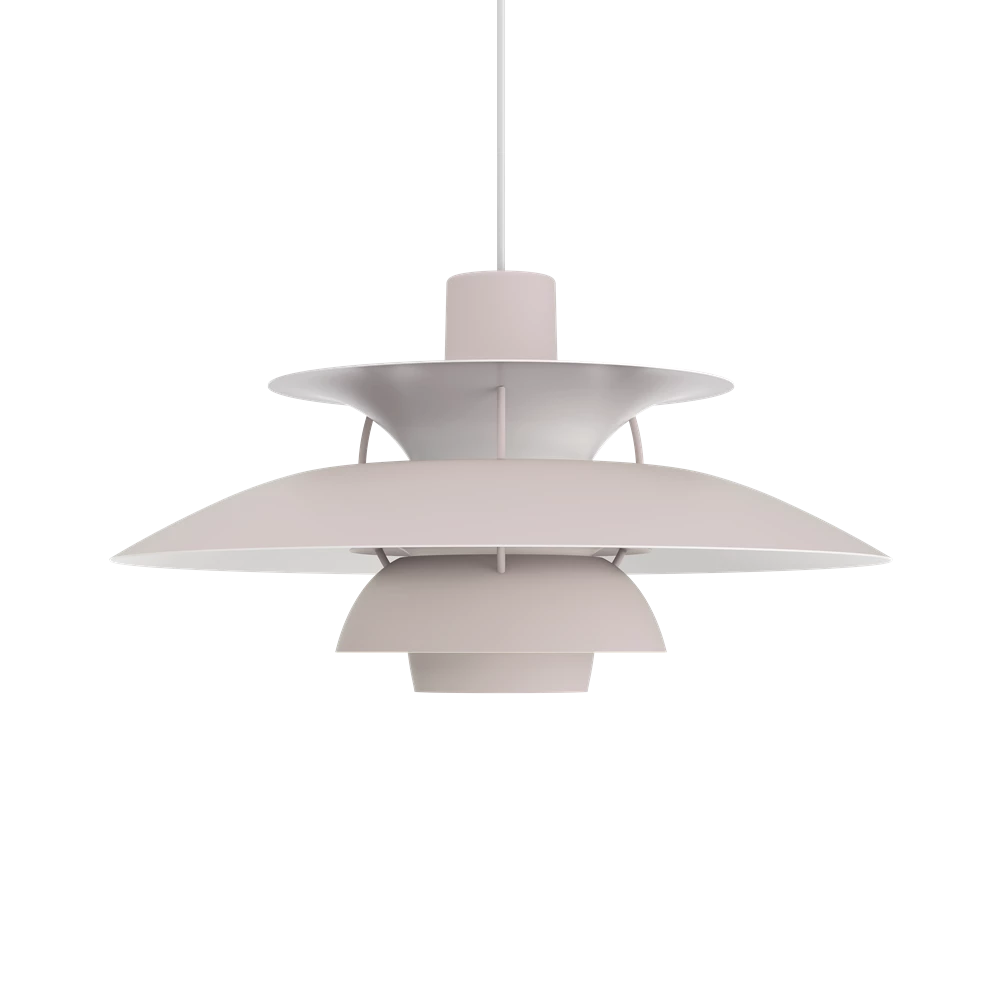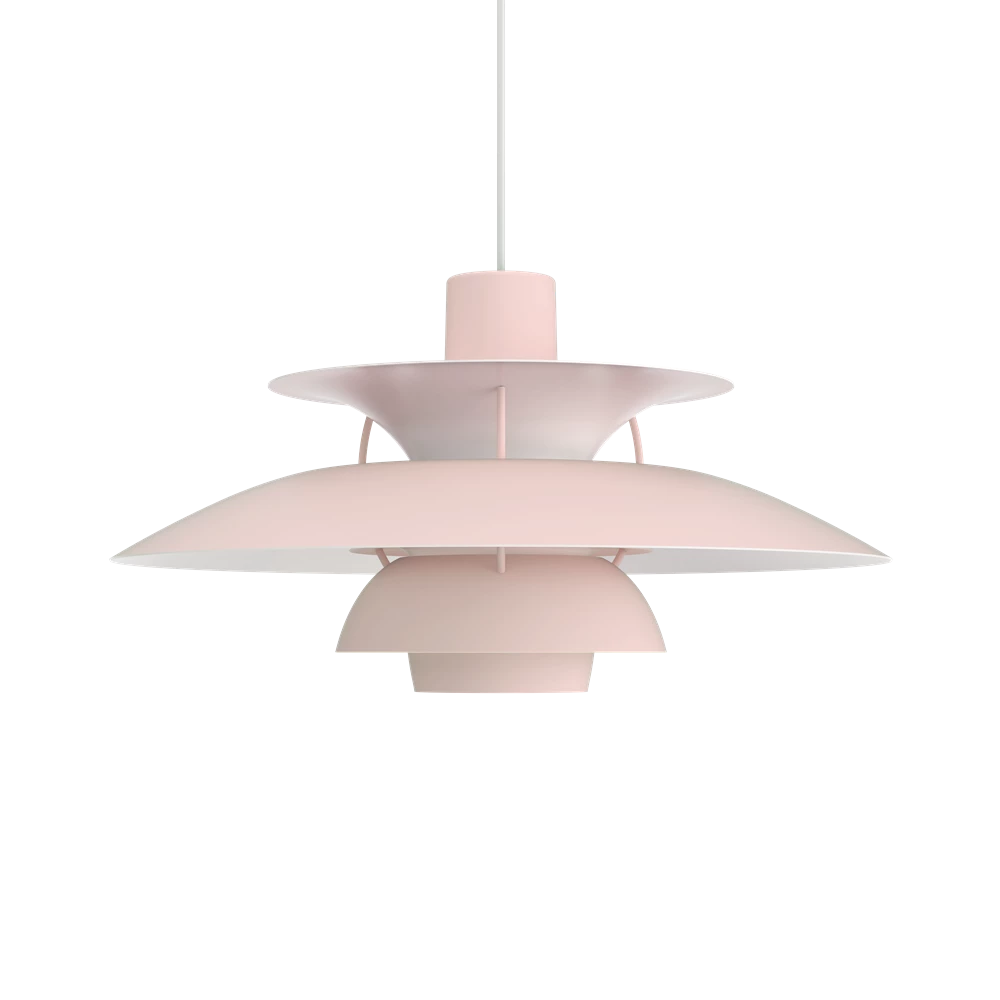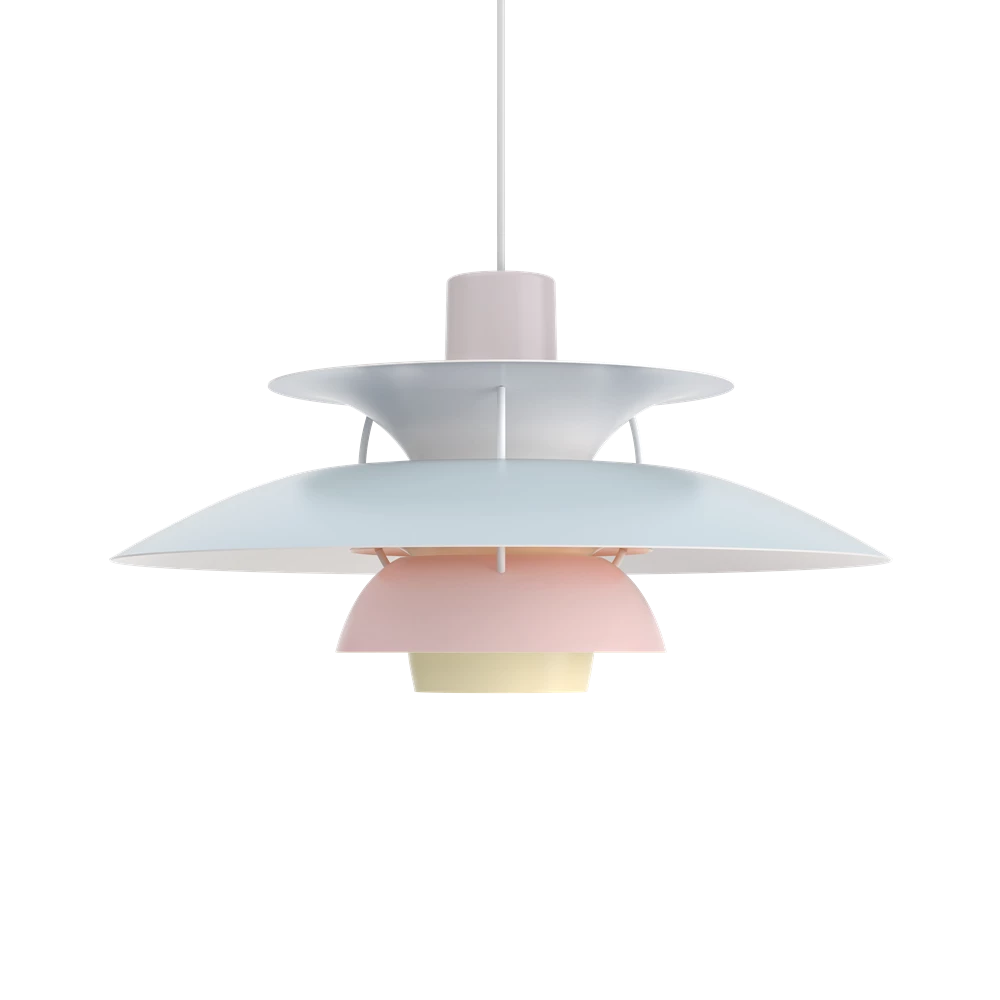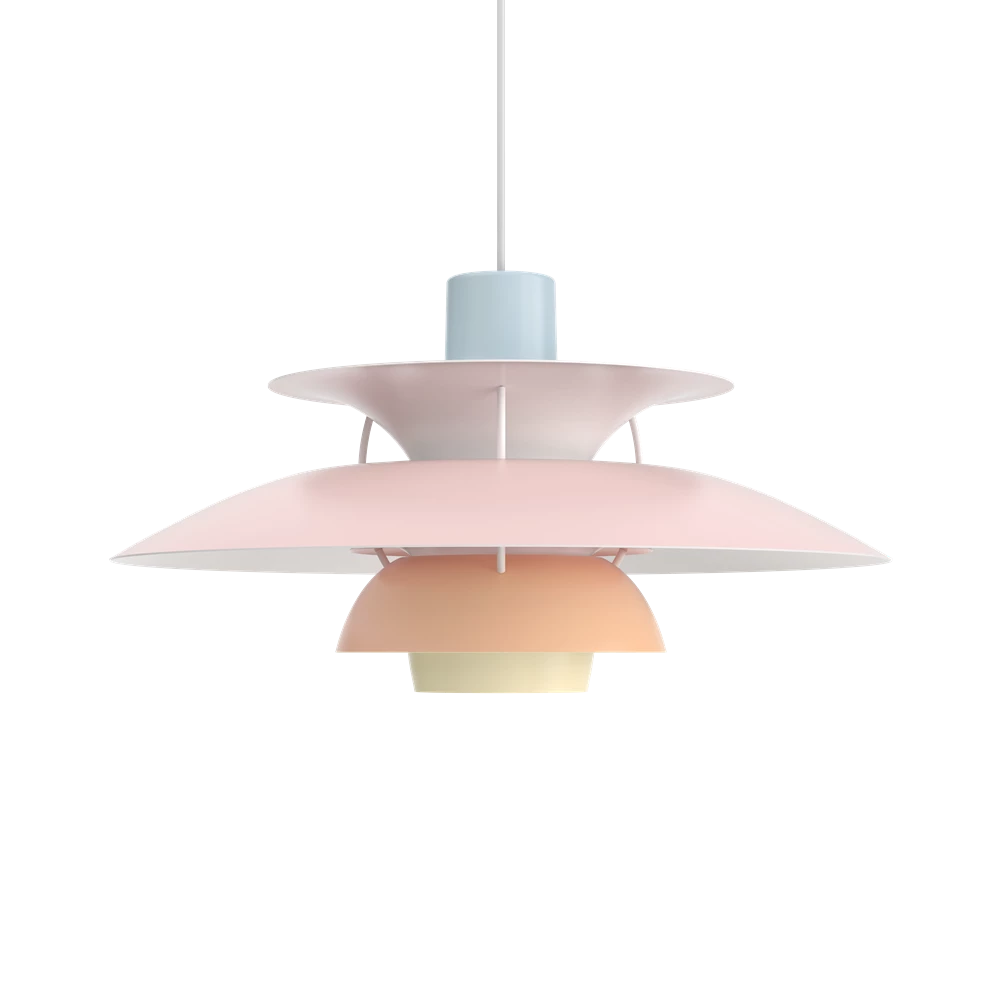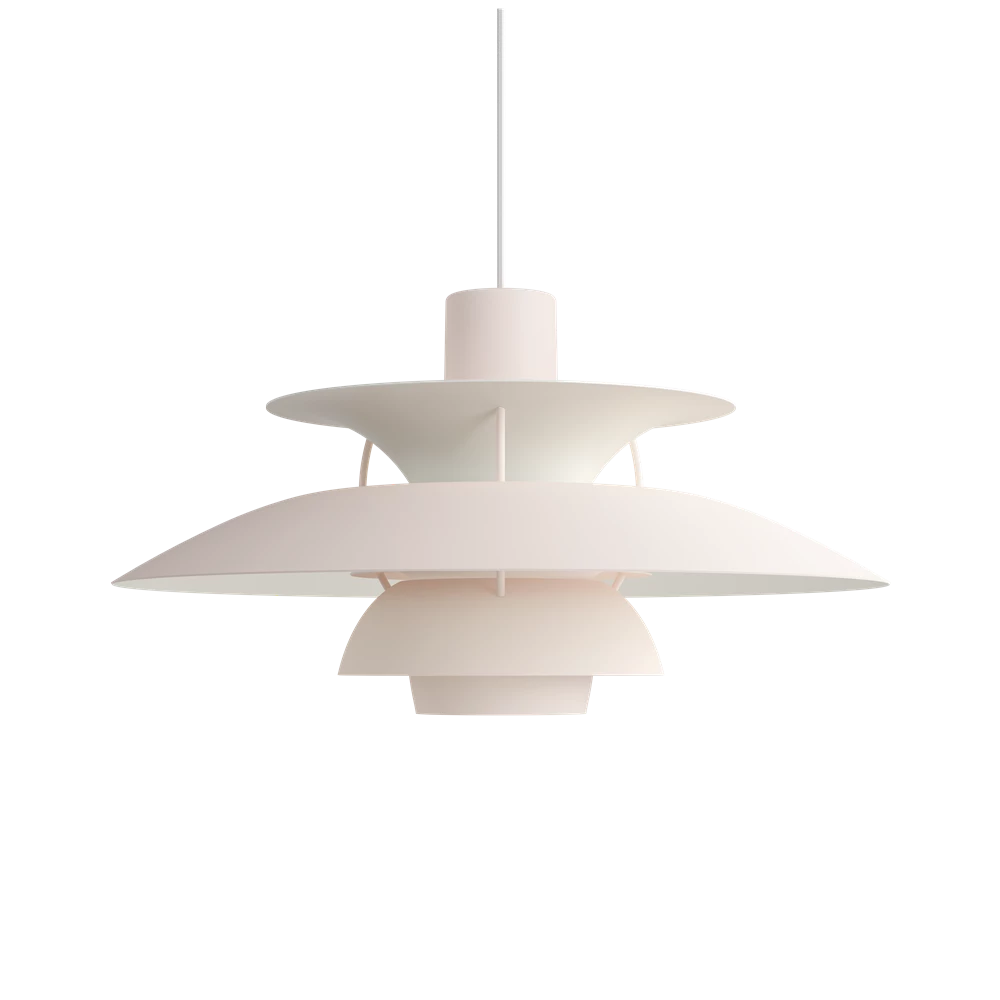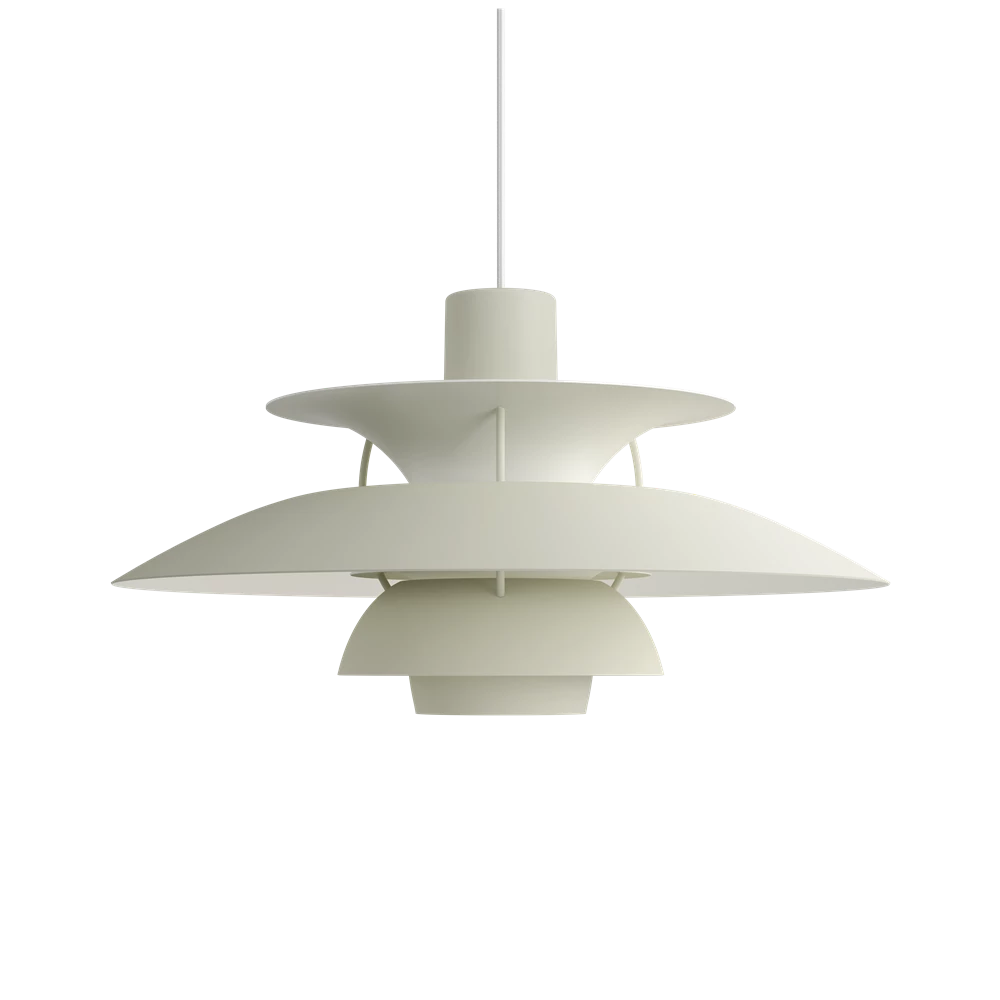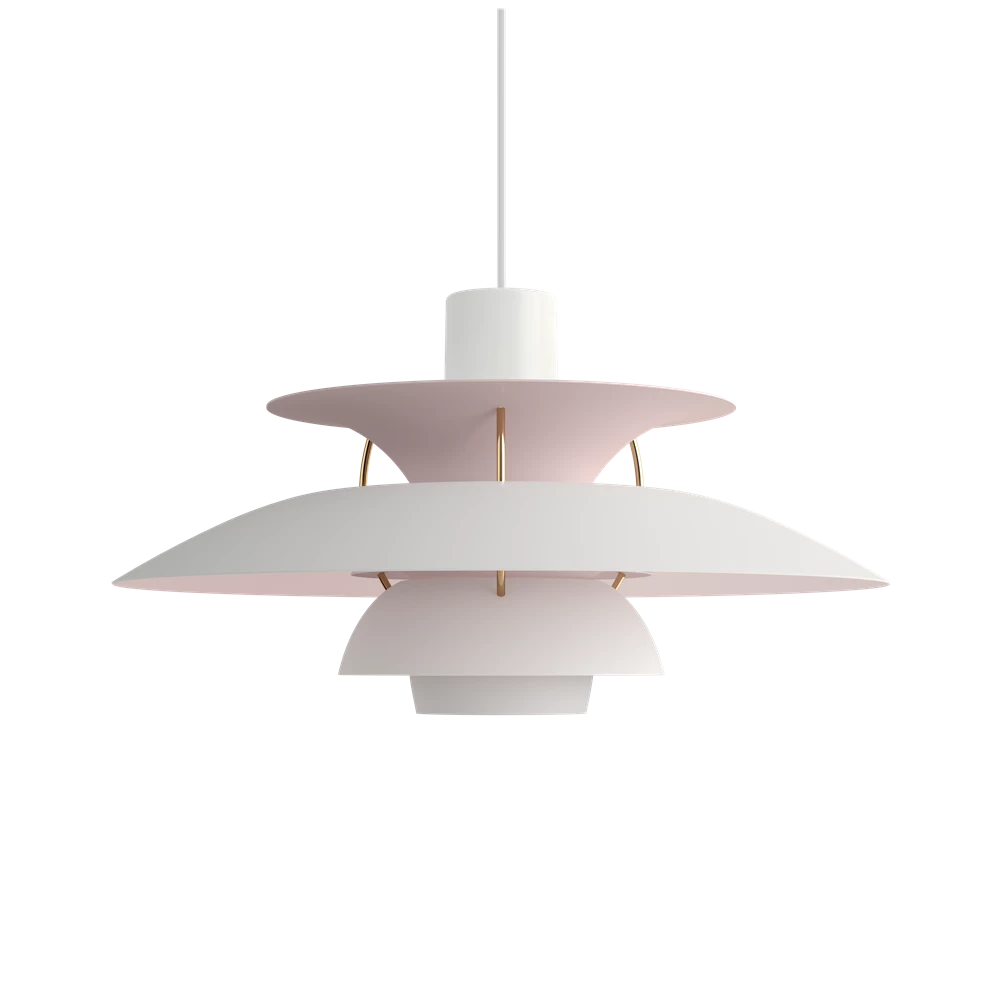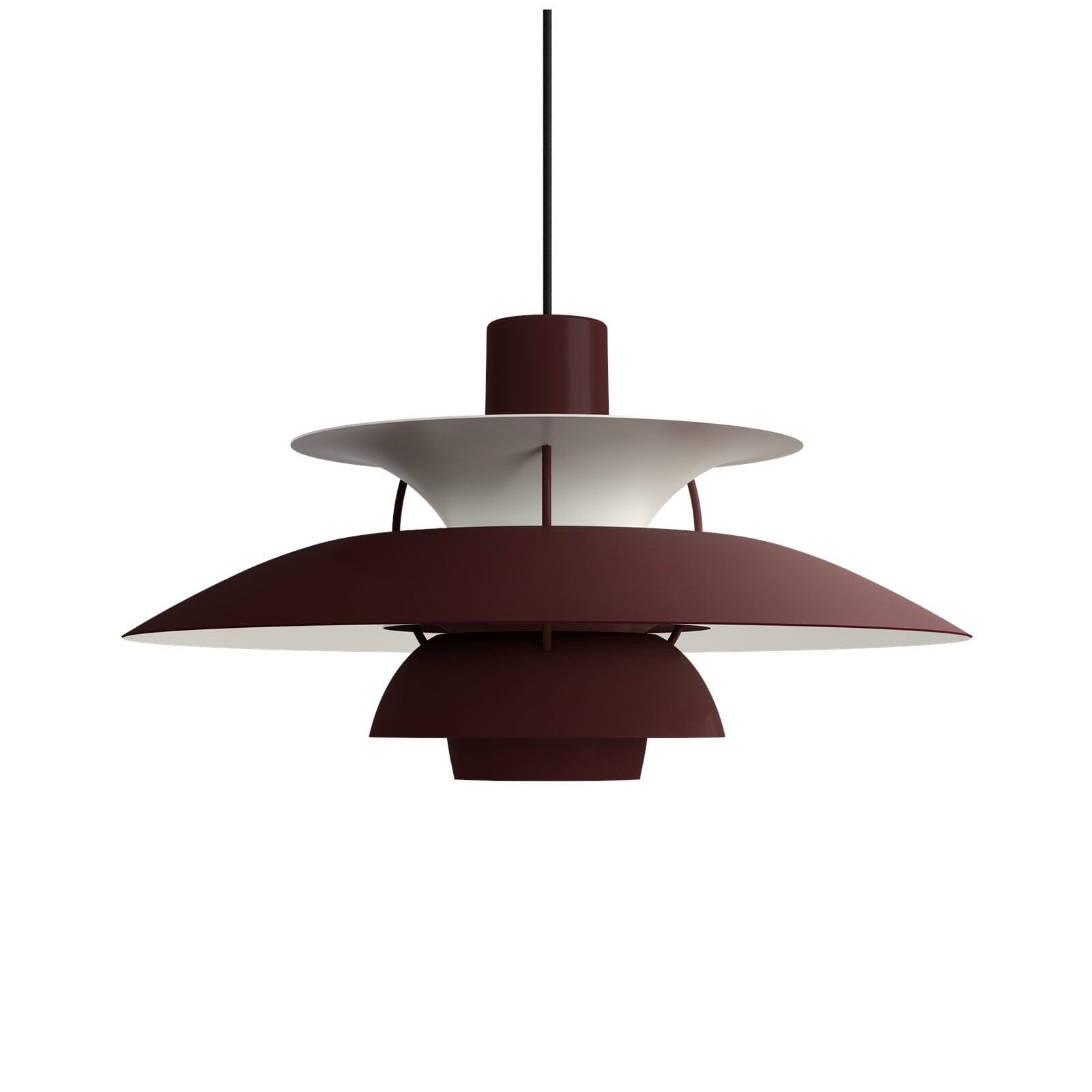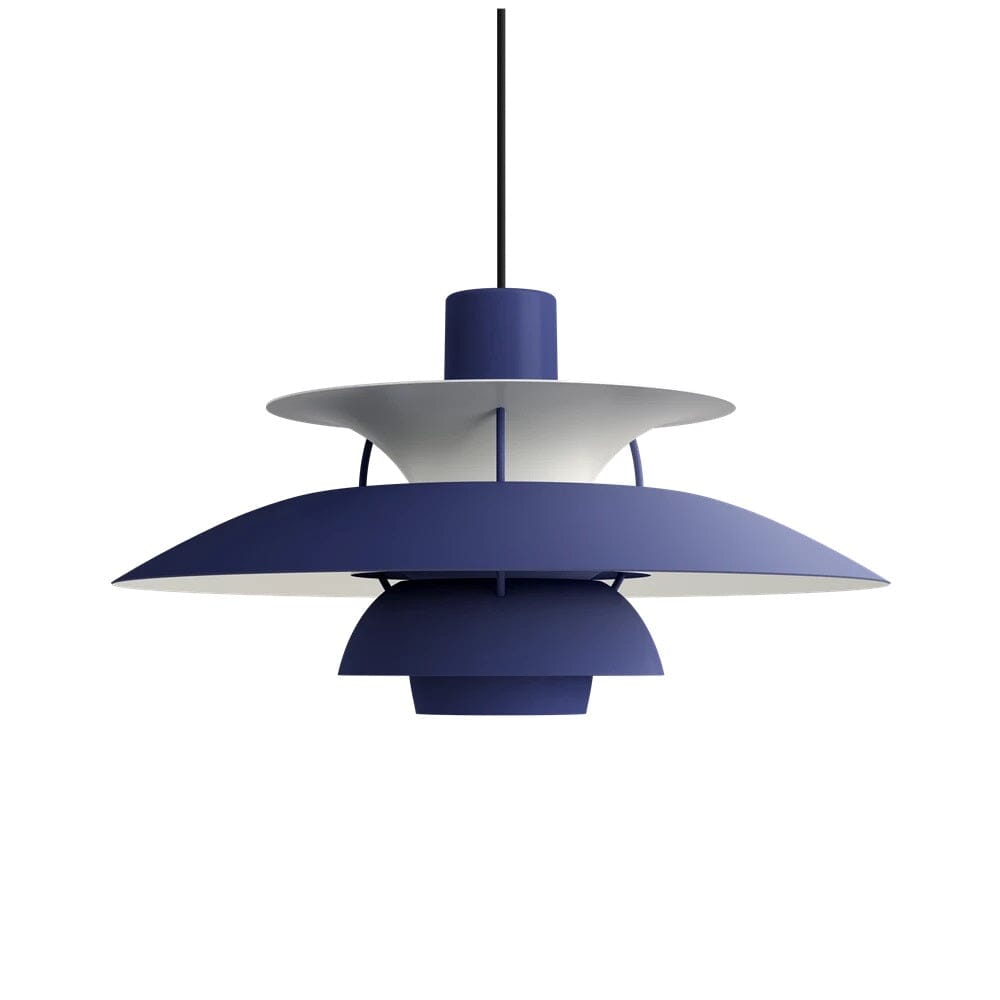800.605.1859 - FREE SHIPPING ON MOST ITEMS OVER $99.00
Accessories
lighting
Designers
- ACHILLE CASTIGLIONI
- ALBERTO MEDA
- ALESSANDRO MENDINI
- ALEXANDER GIRARD
- ALFREDO HABERLI
- ALVAR AALTO
- ANNA CASTELLI FERRIERI
- ANTONIO CITTERIO
- ARNE JACOBSEN
- BARBER & OSGERBY
- CARLO ALESSI
- CARLO MOLLINO
- CHARLES & RAY EAMES
- CHARLOTTE PERRIAND
- EERO SAARINEN
- EILEEN GRAY
- ENZO MARI
- ERNESTO GISMONDI
- ETTORE SOTTSASS
- ACHILLE CASTIGLIONI
- ALBERTO MEDA
- ALESSANDRO MENDINI
- ALEXANDER GIRARD
- ALFREDO HABERLI
- ALVAR AALTO
- ANNA CASTELLI FERRIERI
- ANTONIO CITTERIO
- ARNE JACOBSEN
- BARBER & OSGERBY
- CARLO ALESSI
- CARLO MOLLINO
- CHARLES & RAY EAMES
- CHARLOTTE PERRIAND
- EERO SAARINEN
- EILEEN GRAY
- ENZO MARI
- ERNESTO GISMONDI
- ETTORE SOTTSASS
In-Stock Items
PH 5 Pendant Light
*****USUALLY SHIPS IN 3-5 DAYS FROM LOUIS POULSEN US WAREHOUSE*****
Design Poul Henningsen, 1958
Spun aluminum, sand-blasted glass, matte coated
Made in Denmark by Louis Poulsen
The pendant was designed to hang low above a table while at the same time giving a moderate light to the surroundings. The design of the visible reflectors ensures that light is directed both vertically and horizontally. Regardless of how the lamp is installed and no matter which incandescent bulb it is furnished with, the PH 5 was and is completely glare-free.
This fixture is called a PH 5 because the diameter of the top shade is 50 cm. The number "5" refers to 5 dm=50 cm. The PH 5 consists of three reflecting shades, a cone and two smaller colored shades (red and blue) designed to improve the light source's color rendering properties. Red and blue was a natural choice because these two colors belong to the spectrum of which the human eye is least sensitive, and at the same time they weaken the yellow/green spectrum where the eye is most sensitive.
In Denmark you will see that approximately one in every two homes has a PH5 pendant.
Poul Henningsen was Born in Copenhagen to the famous Danish actress Agnes Henningsen. He never graduated as an architect but started practicing traditional functionalistic architecture, which led to a focus mainly on lighting which is what he is most famous for. His field of occupation also included areas of writing and. At the beginning of WWII, like other creatives, he was forced to flee Denmark during the German occupation but soon became a vital part of the Danish colony of artists living in Sweden.
His lifelong collaboration with Louis Poulsen Lighting began in 1925 and lasted until his death. To this day, Louis Poulsen Lighting still benefits from his genius. Poul Henningsen's pioneering work concerning the relations between light structures, shadows, glare, and color reproduction-compared to man's need for light remains the foundation of the lighting theories still practiced by Louis Poulsen Lighting.
Dimensions: 19.5 W x 10.5 H x 19.5 L | Canopy: Diameter 5.2"
Light Source: 1x22W A-21/medium
PH 5 Pendant Light
*****USUALLY SHIPS IN 3-5 DAYS FROM LOUIS POULSEN US WAREHOUSE*****
Design Poul Henningsen, 1958
Spun aluminum, sand-blasted glass, matte coated
Made in Denmark by Louis Poulsen
The pendant was designed to hang low above a table while at the same time giving a moderate light to the surroundings. The design of the visible reflectors ensures that light is directed both vertically and horizontally. Regardless of how the lamp is installed and no matter which incandescent bulb it is furnished with, the PH 5 was and is completely glare-free.
This fixture is called a PH 5 because the diameter of the top shade is 50 cm. The number "5" refers to 5 dm=50 cm. The PH 5 consists of three reflecting shades, a cone and two smaller colored shades (red and blue) designed to improve the light source's color rendering properties. Red and blue was a natural choice because these two colors belong to the spectrum of which the human eye is least sensitive, and at the same time they weaken the yellow/green spectrum where the eye is most sensitive.
In Denmark you will see that approximately one in every two homes has a PH5 pendant.
Poul Henningsen was Born in Copenhagen to the famous Danish actress Agnes Henningsen. He never graduated as an architect but started practicing traditional functionalistic architecture, which led to a focus mainly on lighting which is what he is most famous for. His field of occupation also included areas of writing and. At the beginning of WWII, like other creatives, he was forced to flee Denmark during the German occupation but soon became a vital part of the Danish colony of artists living in Sweden.
His lifelong collaboration with Louis Poulsen Lighting began in 1925 and lasted until his death. To this day, Louis Poulsen Lighting still benefits from his genius. Poul Henningsen's pioneering work concerning the relations between light structures, shadows, glare, and color reproduction-compared to man's need for light remains the foundation of the lighting theories still practiced by Louis Poulsen Lighting.
Dimensions: 19.5 W x 10.5 H x 19.5 L | Canopy: Diameter 5.2"
Light Source: 1x22W A-21/medium
You may also like
Subscribe
Sign up to get the latest on sales, new releases and more …





























